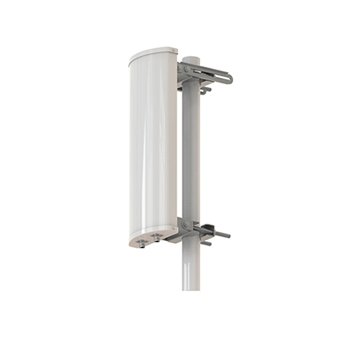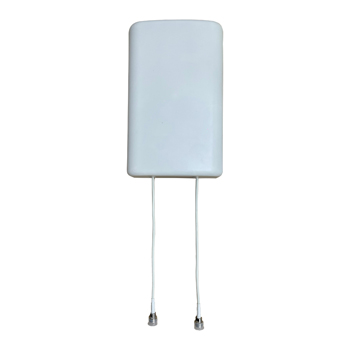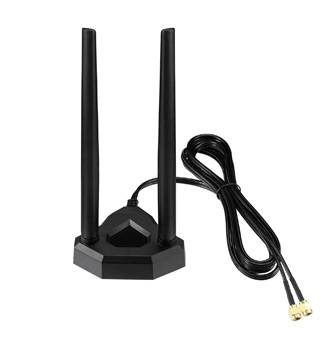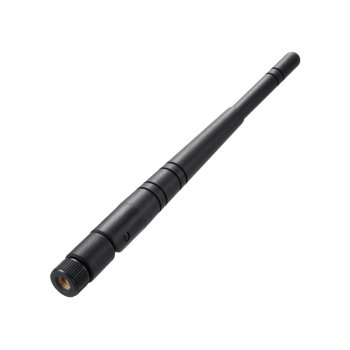
Choosing the Best Marine Antenna for Your Boat
In this modern, technology driven, fast moving world, communication is vital not only on land but on water as well. It is crucial for marine devices and vessels to have a proper antenna to transmit and receive signals effectively over long distances in the harsh conditions of marine environments to ensure safety and reliable communication between other ships and shore stations. This article will provide an overview of marine antennas, their operating principles, different types, etc. It will also briefly guide on the factors to consider when selecting the best antenna for a specific use case and the best practices for the installation and maintenance of marine antennas. This article will provide you with a thorough understanding of the basics of marine antennas. What is a Marine Antenna and How it Works A marine antenna is a device specifically designed to be used on marine vessels to establish communication. These











